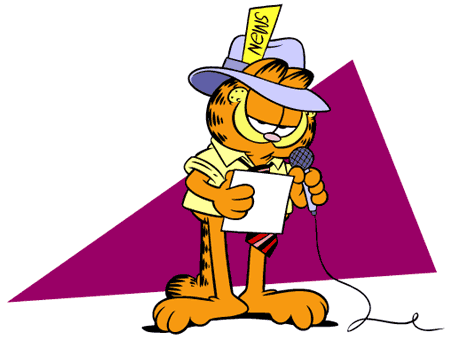Let´s Revise
A run-on sentence is a sentence in which two or more independent clauses (i.e., complete sentences) are joined without appropriate punctuation or conjunction.
An example of a run-on is a comma splice, in which two independent clauses are joined with a comma without an accompanying coordinating conjunction
Take a look at these cases:
Ø A run-on sentence, without any punctuation or conjunction between "gas" and "we":
My car is out of gas we cannot reach town before dark.
Ø A comma splice, which is considered a run-on sentence in English by some usage experts:
It is nearly half past five, we cannot reach town before dark.
These are possible remedies:
- Use separate sentences. However, this may disconnect related independent clauses and cause some of the meaning to be lost:
- It is nearly half past five. We cannot reach town before dark.
- Use a semicolon. This maintains the connection between the clauses while ensuring a pause between the two ideas:
- It is nearly half past five; we cannot reach town before dark.
- Use a coordinating conjunction.
- It is nearly half past five, so we cannot reach town before dark.
Reference: http://en.wikipedia.org/wiki/Run-on_sentence
Now try this quiz to see if you can repair the run-on
sentences:
![[Logo]](http://grammar.ccc.commnet.edu/grammar/images/grammar.gif)
http://grammar.ccc.commnet.edu/grammar/quizzes/runons_quiz.htm











